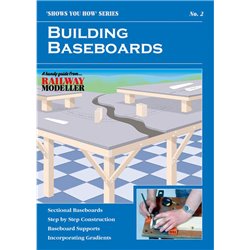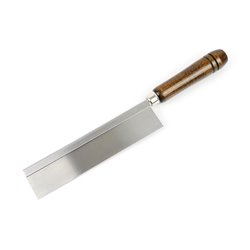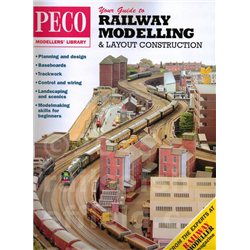Transfers, also called decals, are an excellent way to apply extra detail to your models. Whether it be signposts,...
No products
Product successfully added to your shopping cart
There are 0 items in your cart. There is 1 item in your cart.
Search Tips
Christmas and New Year
We are dispatching orders every weekday apart from Christmas Day, Boxing Day and New Year's Day.
If you order is time critical, select next day delivery at checkout.
The shop in Sandown is closed from 25th December, reopening on 30th December.
What is the best wood for baseboards?
The most common wood for baseboards is probably chipboard as this is relatively inexpensive.
Plywood is another alternative but is slightly more expensive.
Stay clear of MDF as it absorbs moisture and needs to be sealed. MDF is also difficult to pin into and is dangerous to health when cut (dust is toxic).
It is best to build a frame for your baseboard to sit on, using lengths of 2-inch x 1-inch battens. Running the length of the baseboard on each side and one through the centre, with cross-members approximately every 12 inches for extra support. As you need a good solid base that is not going to sag to make sure everything is level and trains run perfectly.
You can make the baseboard to whatever size you like depending on the space you have available.
I have mine on two, four feet by two feet boards. This is handy, should I ever have to dismantle the layout and move it to another location as I can carry each board on my own and they fit in the back of most cars.
There is no limit to the amount of sections you can have, I intend to make more sections to extend my layout and in time fill my entire loft.
Click here to receive the tips weekly in your mailbox. You can unsubscribe at any time.










